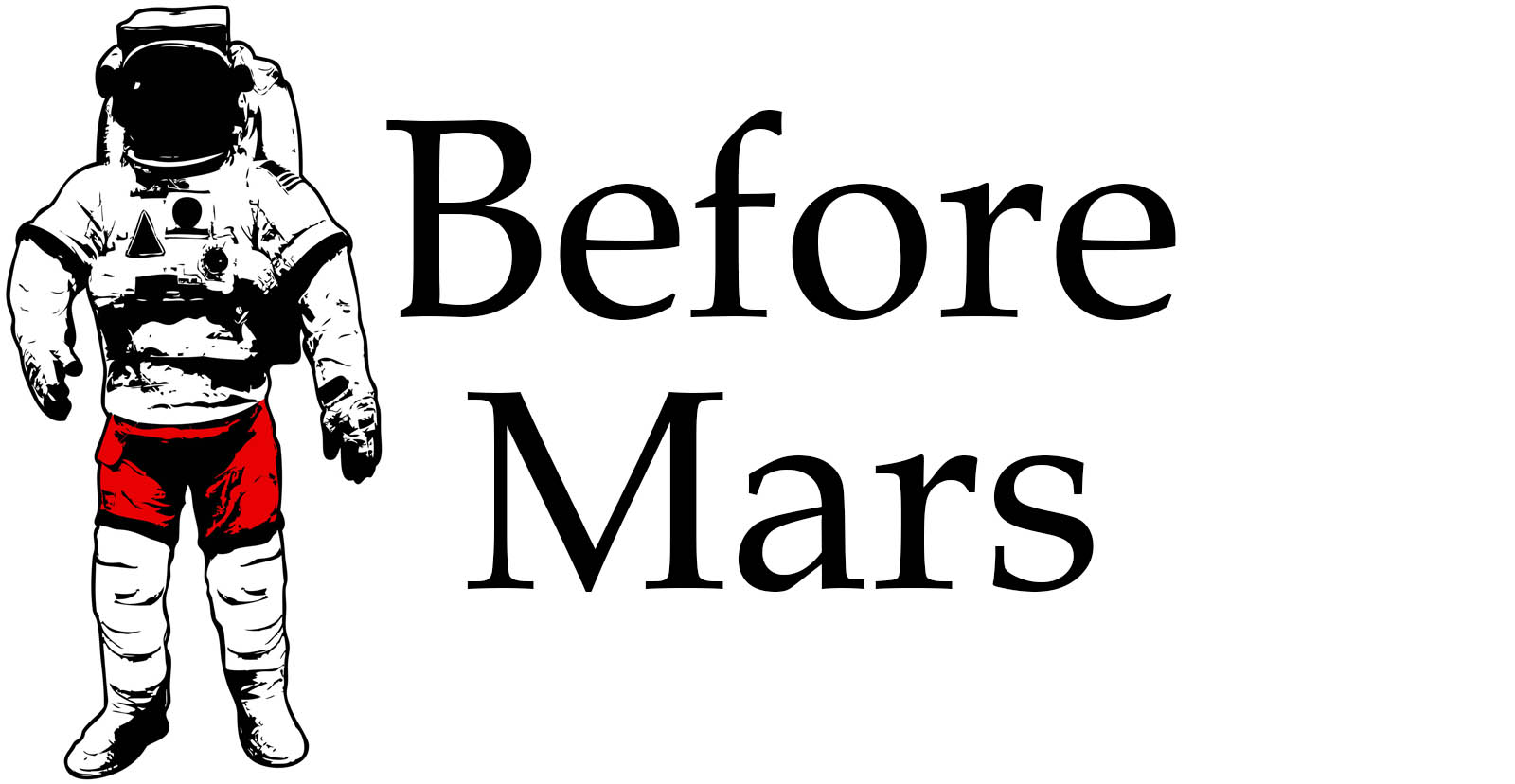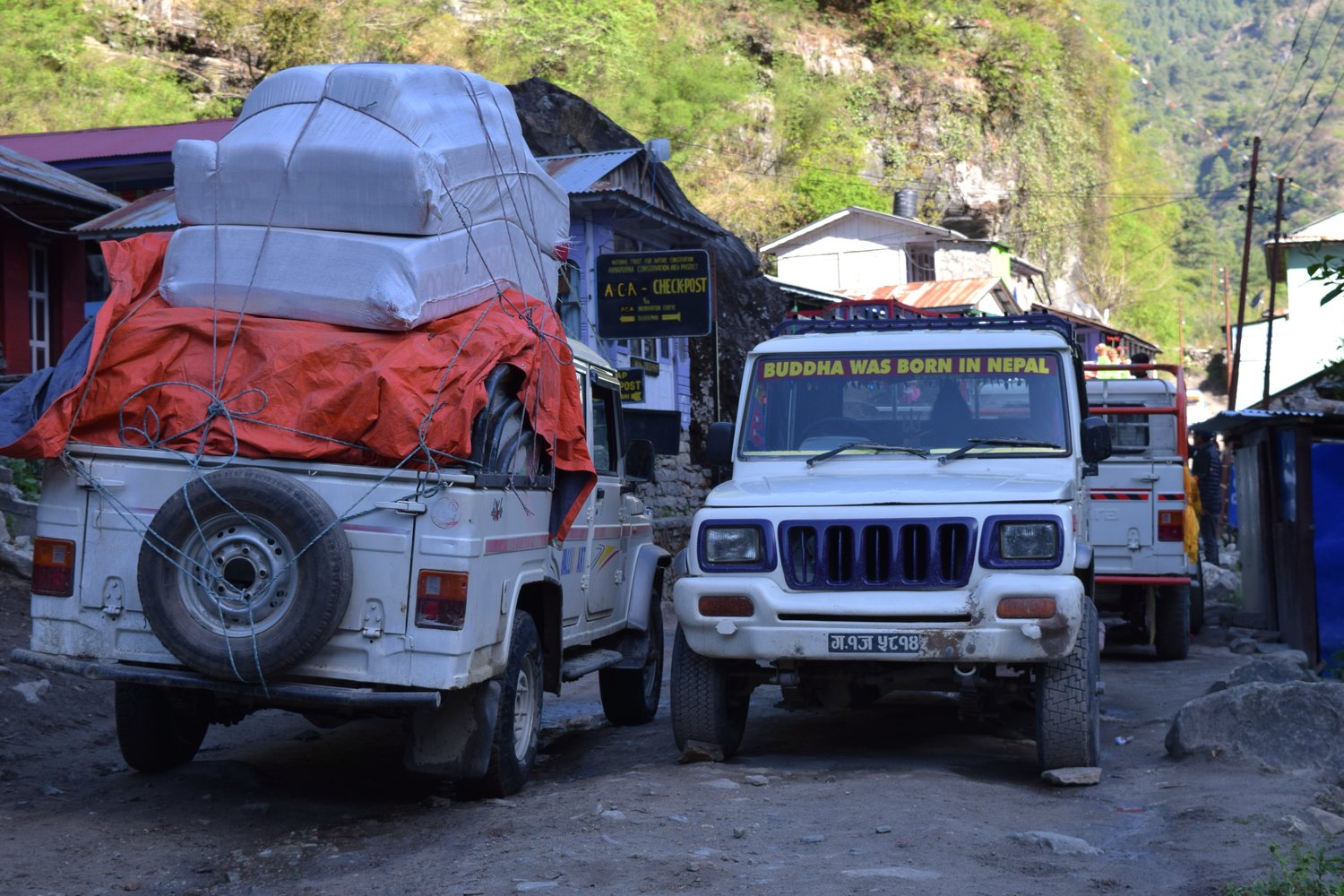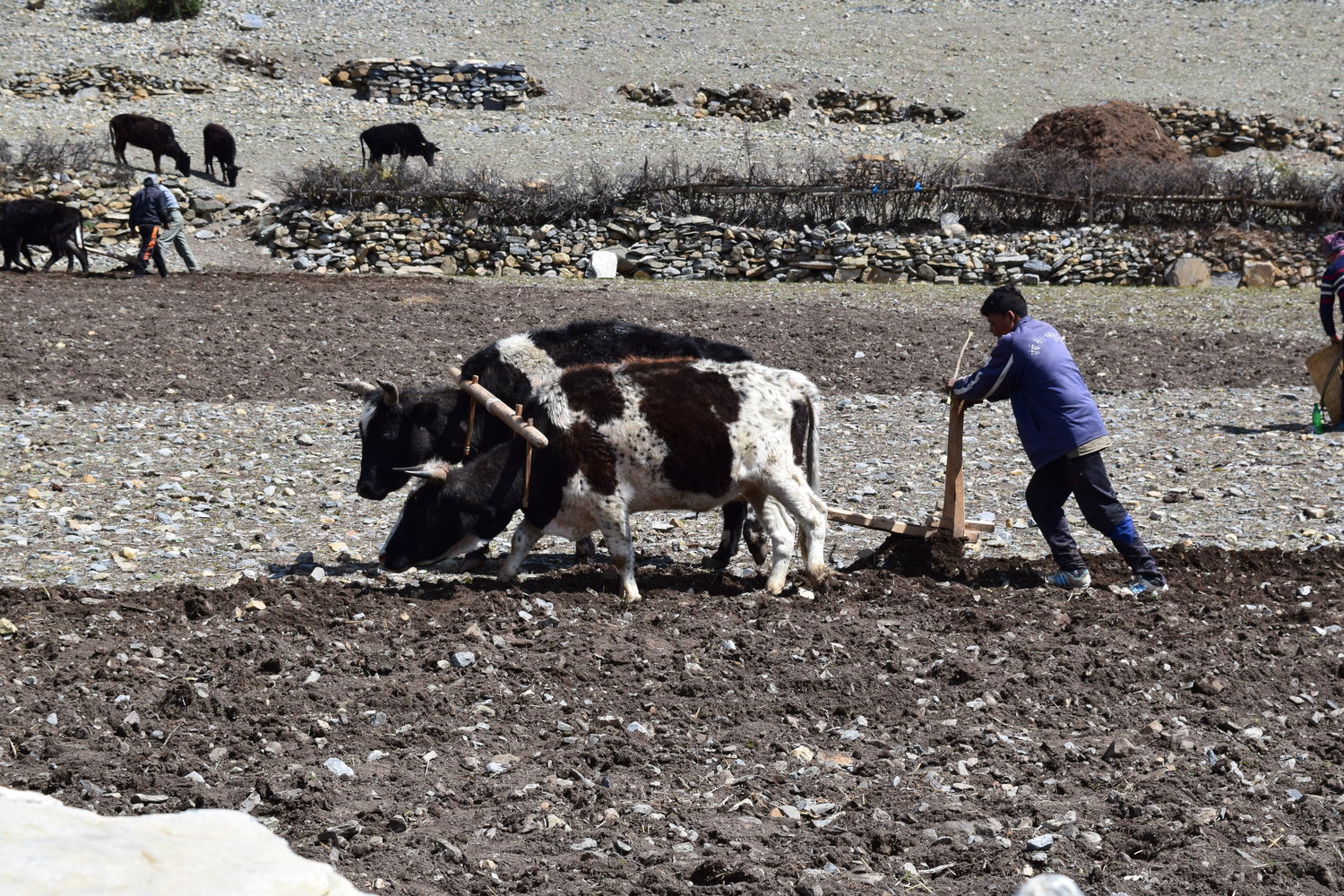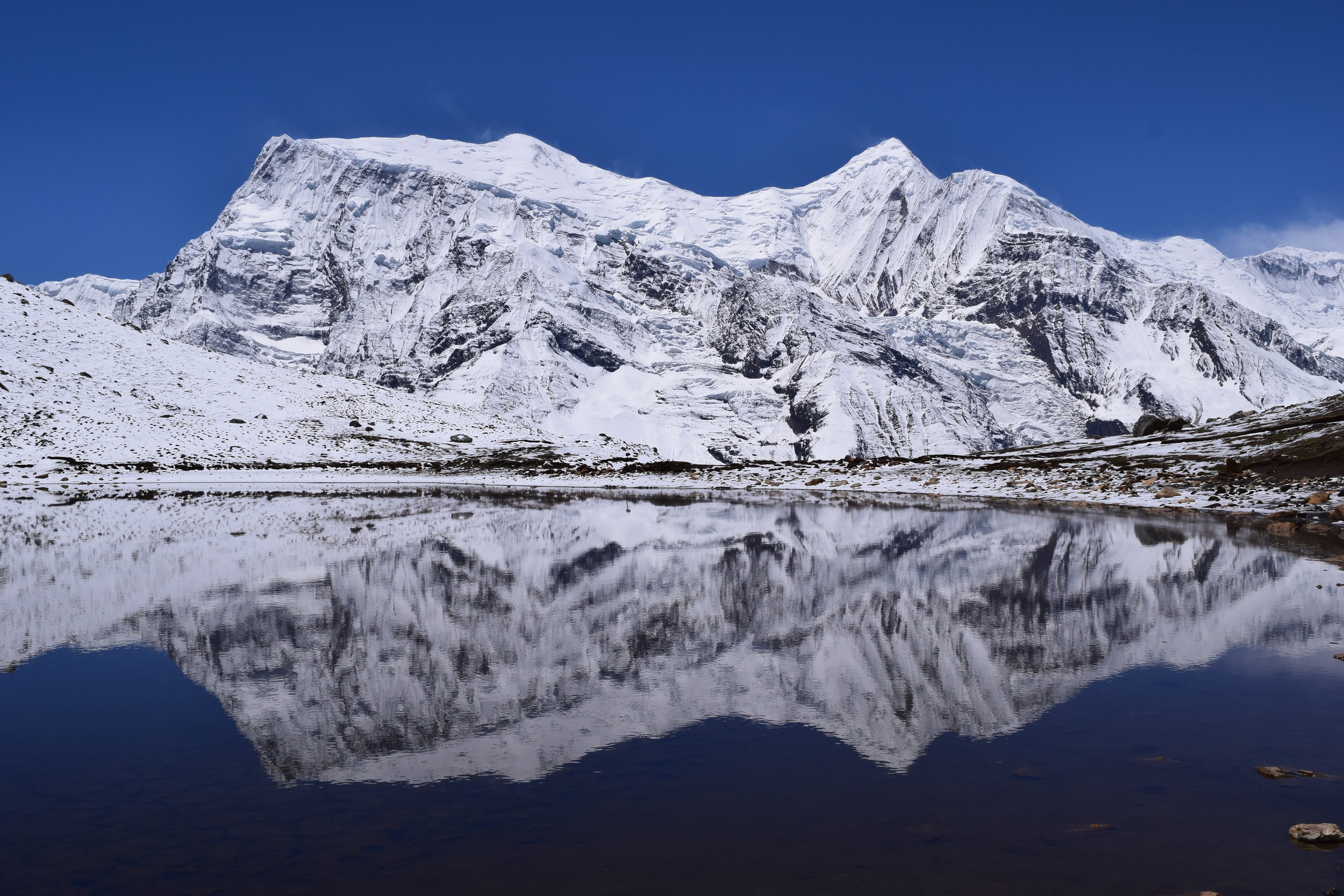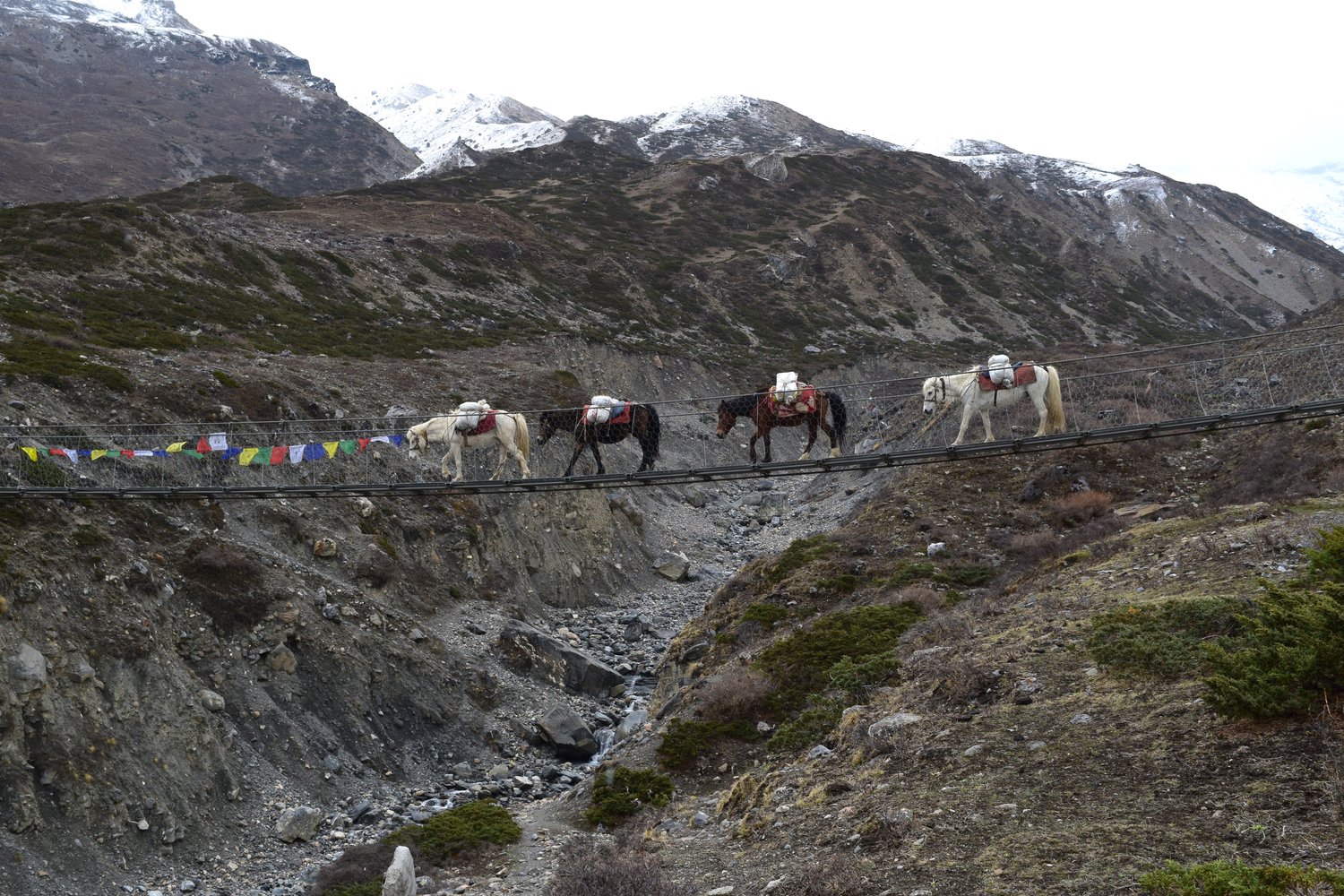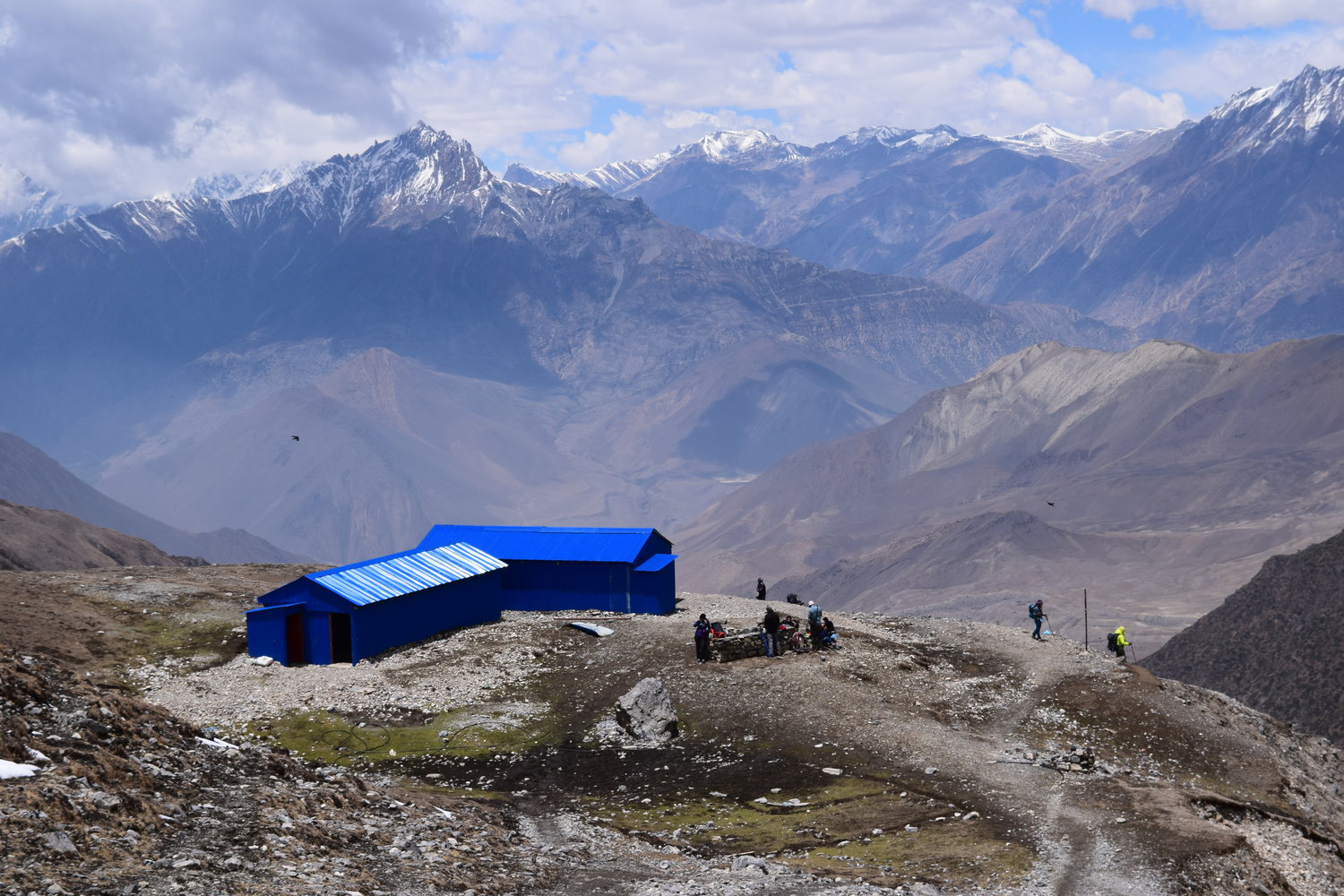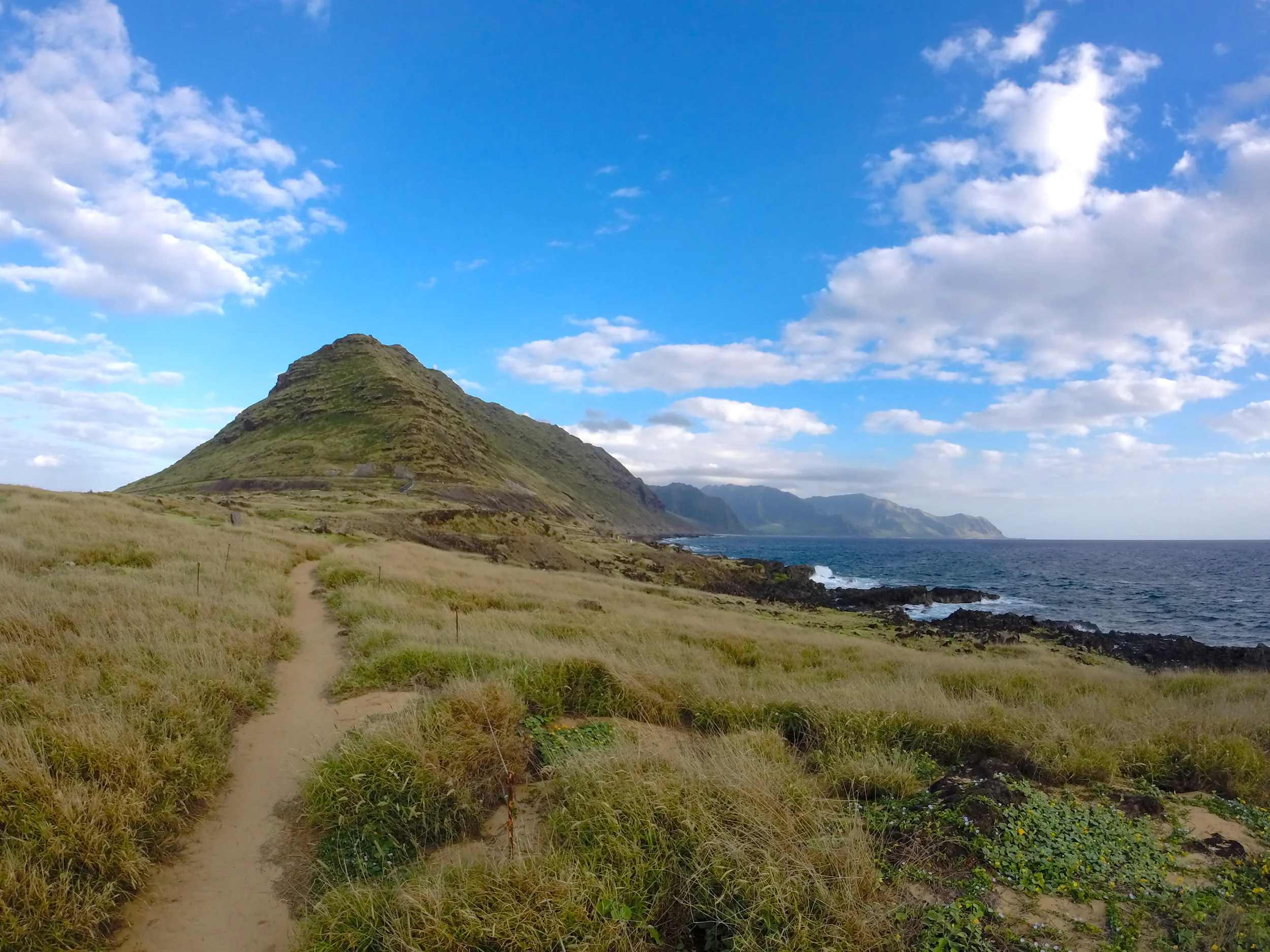The Annapurna Circuit

The Annapurna Circuit is a 2-3 week hike around the Annapurna mountain range in Nepal. It is extraordinary. It is challenging. And it isn't too expensive to do.
After landing in Kathmandu, you pay $40 for a 30 day tourist visa on arrival. Then split a 700 Rupees ($7USD) cab to Thamel. It is the main tourist area where you can easily prepare for your trek. Not physically of course. It's too late for that. You should've been training months ago!
While in Kathmandu there are a few things you have to do. First, get your Trekking Entry Permit and TIMS Card at the Nepal Tourism Board. You show up in person and fill out some paperwork, get your picture taken, pay $40, and get them both 10 minutes later. After you take care of that then all you have to do is buy some gear. Here are some tips for what you need to buy and avoid.
Don't buy the heavy pants for Annapurna. They will be too hot. Some people get them for Everest base camp. In reality you can hike in shorts for 80% of the trail.
Get trekking poles. They will help balance the workload throughout the body.
Gloves are a must
Trail Map
Cool Nepali beanie ✔️
Personally I think you can do it without a sleeping bag. The guesthouses have extra blankets if you ask for them. But if you're hiking in peak peak season it might not be worth the gamble.
Rain gear
Nice jacket
Layers
Of course if you're coming from home and going straight back after the hike then you can bring your own gear. But if you're on a backpacking trip then it is better to buy everything in Nepal because of the cheap prices.
The hike starts in Besisahar. To get there take a taxi from Thamel to the bus station. Then you have to take two local busses. One from Kathmandu to Dumre. Then another from Dumre to Besisahar. In total the trip will take about 7 hours. It is a fun experience. People getting on and off the bus. New scenery mixed with musical Nepalese movies playing. I paid 420 Rupees (about $4) total for both rides.
Chamje Waterfall
Stay the night in Besisahar. Then get started early in the morning. Now you have to option to take a Jeep up the road or be a purist and start your hike from Besisahar. This is entirely up to you and time constraints. I recommend hiring a jeep to take you to Chamje. You still take in most of the scenery along the way. Plus this is the highest concentration of traffic with jeeps going up and coming down from the mountains. You're going to be doing a lot of hiking the next two weeks. Again, this is just my personal preference. I recommend starting in Chamje.
The first few days are very green. You follow the valley and pass through several small villages that straddle the river.
There's lots of waterfalls and metal suspension bridges.
Nache
While on the trail you stay in these places called teahouses. They are usually ran by one woman and another family member. The deal is you pay 200 rupees ($2) for a bed and in exchange you are obliged to eat your dinner and breakfast there.
Thukpa and Momos. My favorite foods in Nepal!
You'll read some comments and complaints on the internet that ever since the road was built it has changed the Annapurna experience for the worse. It's really not bad at all. Occasionally you move to the side if a jeep is driving by. The trail deviates from the road a significant portion of the hike. Plus it stops in Manang and doesn't pick up again until Jomson.
At times the trail will take you directly through small villages.
Take the steep side trek up to Ghyaru and you'll be rewarded with this magnificent view of Annapurna II. (7,937 Meters, 26,040ft)
Insert dramatic movie trailer sound effect: "BWWAAAHHH"
Prayer wheels in Ghyaru. 12,238 ft.
Not much has changed in Ngawal. I imagine it would feel very satisfying to plow a field like this.
Braga and Manang are good places to stop and acclimate for a rest day. Manang has a few more amenities like this projector hall.
From Braga you must take the side trip up to the ice lakes. It is called Kicho Tal and the trail starts directly across from the first main lodge in Braga.
It is a difficult day but the views are worth the struggle. And I think it is good preparation for your body to endure a 1000 meter elevation gain in one day. Since you're about to enter the hardest part of the circuit, it is a nice test for what is to come.
Kicho Tal 4,620 m, 15,157 ft.
Looking back at Gangapurna and Annapurna III.
Remember since there is no more road after Manang, all supplies are brought in either by horsepower or manpower. If something goes very wrong, helicopter evacuations are readily available. I saw multiple helicopters flying low through the valleys every day.
High Camp 4880m, 16,010 ft.
Brutally close to the top. What is thin air anyways?
Made it! Thorung La Pass 5416m, 17,769 ft.
Descending down into Muktinath you are greeted with a whole new landscape and ridge-line.
Dhaulagiri, the 7th highest mountain in the world! (Top left of the photo)
If I go back I would rent mountain bikes in Jomsom and cruise down to Tatopani. The company you rent them from takes your backpack down in a jeep to your meeting point. Eventually you'll finish in the city of Pohkara. It is a really cool town on a lake with lots of open air restaurants on the shore. It's a great place to relax and recuperate for a few days after your trek.
A much deserved hot therapy session in Tatopani's mountain springs.
In total, we were in the Annapurna Conservation Area for 20 days. I talked with some people who were doing the entire trek in 12 days. But if you're going to such a beautiful remote place, and you have the luxury of time on your side, then don't rush it. Stay here for as long as you can. Absorb and admire this glorious section of the Himalayas.
Please drink a Sea Buckthorn juice and a few cups of Raksi for me.
Namaste.
